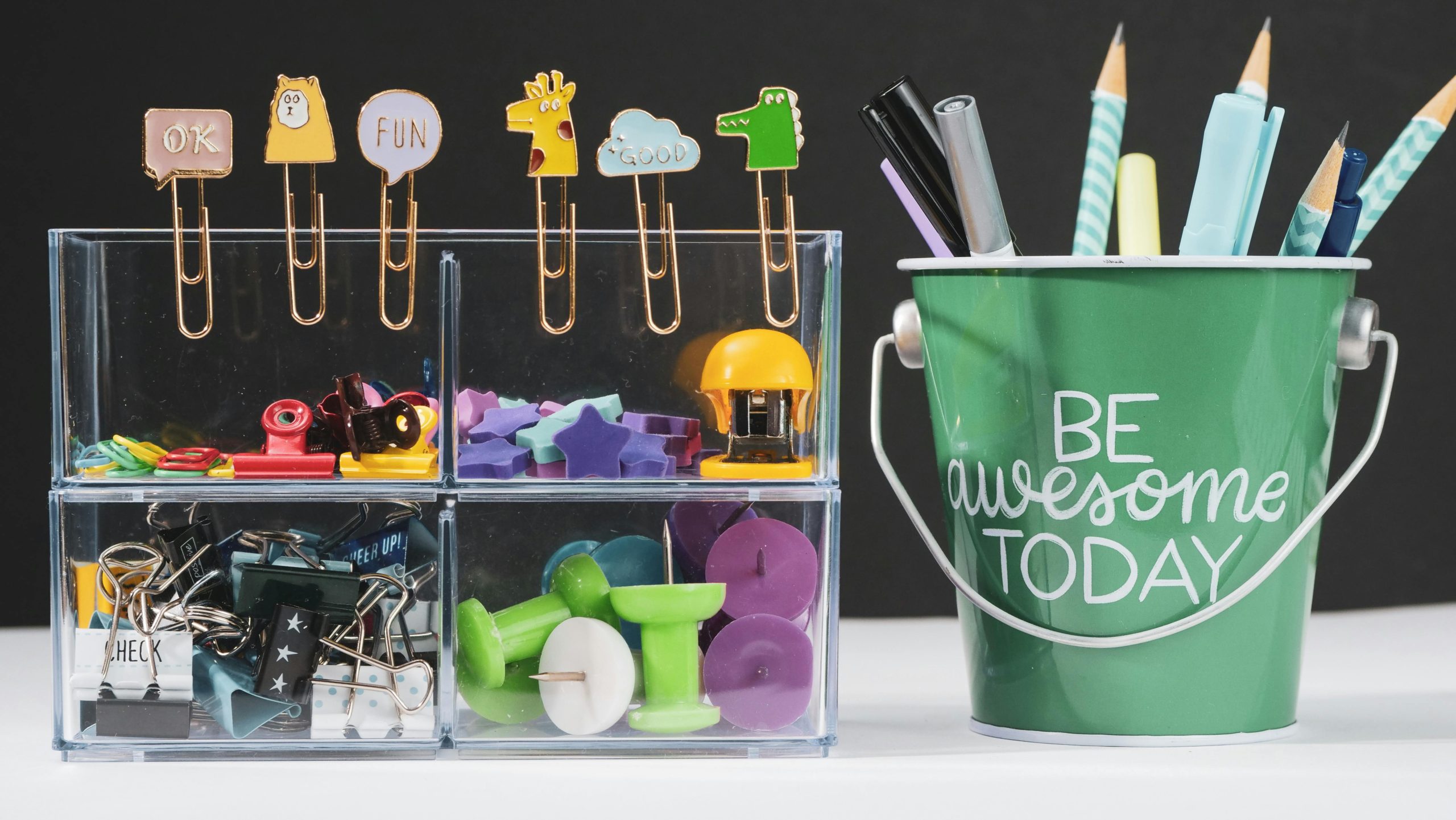Title: Seeking Advice on Handling a Bodily Injury Claim After a Minor Fender Bender
I was recently involved in a minor car accident (less than 10 mph) on a local street. A third vehicle swerved and took off, which forced me and the car in front of me to brake suddenly. As a result, I hit the car in front, causing a dent in their bumper, but my own vehicle sustained no damage. The other driver has a handicap sticker and seemed fine; she even spoke to us in a friendly manner after the incident. A bystander assisted her in adjusting her bumper to prevent it from scraping the ground, and we exchanged information without any further issues.
However, I just received a call from my insurance company (State Farm) asking for photos of the damage. They informed me that the other party is now pursuing a bodily injury claim. As a student, my car and injury liability limits are $25k and $15k, respectively. The adjuster mentioned that since I collided with a Nissan, the claim shouldn’t exceed the $25k limit. However, he doesn’t have details on their injury claims yet, so he can’t provide much guidance at this stage.
I do have close-up photos of the dent on their bumper, but not of their entire vehicle. My main concern is whether my insurance company can argue that given the low impact, any injuries claimed shouldn’t warrant a large payout. I’ve heard of people receiving $15k to $20k for minor accidents after treatment, but I’m curious about how both parties determine a “reasonable” injury amount. Will my insurance just pay whatever the other party requests, or will they negotiate based on the circumstances? I’m looking for insights on how this process typically works.




It sounds like you’re in a challenging situation, but there are a few points to consider regarding your claim. Here’s some information that may help you understand the process and what to expect:
Assessment of Bodily Injury Claims: Insurance companies typically evaluate bodily injury claims based on several factors, including medical records, treatment expenses, the severity of the injury, and the connection to the accident. In your case, the fact that the impact was minimal (under 10mph) can work in your favor during negotiations.
Insurance Adjuster’s Role: Your insurance adjuster will likely review all available evidence, including the police report (if any), photos of the damage, and medical documentation. If the damage to the vehicles was minor, they may argue that significant physical injury is unlikely. Your adjuster has experience handling these claims and can advocate on your behalf.
Documentation: It’s important that you document everything related to the accident and any communication with the other party or witnesses. Although you don’t have full car photos, take note of everything you remember (location, time, conditions) and any conversations you had with the other driver and witnesses.
Medical Evidence: If the claimant does pursue a bodily injury claim, they will need to provide medical documentation supporting their injuries and related expenses. Your insurance will scrutinize these claims, particularly in light of the circumstances you described (low-speed impact, friendly interaction).
Negotiation Process: Typically, the claimant will submit a demand for compensation, and your insurance will negotiate based on the evidence presented. If they claim a larger amount, your insurer will likely counter if they believe it’s unreasonable.
Limits of Coverage: Since your coverage is $25k/$15k, be aware that if the other party’s claim exceeds these limits, they may seek compensation directly from you. However, your insurer should help you navigate this and protect your interests.
Seeking Advice: If the situation escalates or you receive a claim that you feel is unreasonable, consider speaking with a legal professional. They can offer personalized guidance and potentially negotiate on your behalf.
In the meantime, stay in close communication with your insurance adjuster to ensure they have all the necessary information to handle the claim effectively.